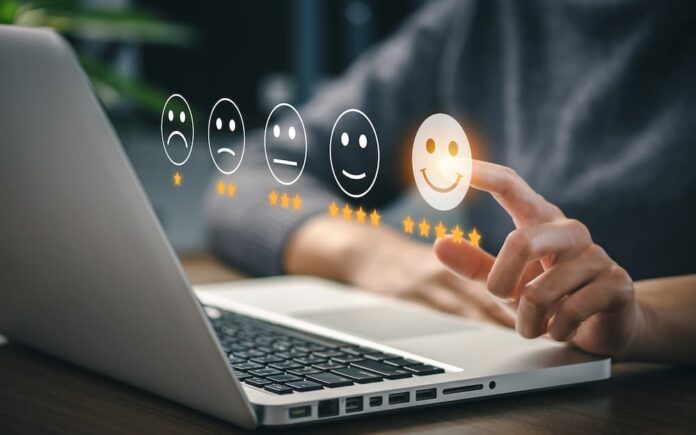When some traditionally minded business leaders talk about the customer experience (CX), they think of their company’s external-facing activities. When discussing human resources, they think of internal operations. So, it sometimes comes as a surprise when I tell them that, today, the best HR teams are becoming champions of a CX technology revolution.
To understand why, we need to take a look at what CX is. As McKinsey put it, the term “refers to everything an organization does to deliver superior experiences, value and growth for customers.” Who delivers the best customer experience? Employees who not only have a wide range of skills, but are also empowered to do the best job possible. Great HR professionals keep track of skill sets across an organization and advocate for those employees to have what they need from the company.
That includes new technology. In recent years, businesses have taken to interacting with their customers—or clients, in the case of B2B organizations—across more platforms than ever. The benefits are clear: reaching customers where they are; making it easier for people to contact the brand; discovering new customers and markets; and more.
See also: Melding the employee/customer experiences at Adobe
But it has also often led to frustration for everyone involved. Customers want their experiences with brands to be smooth and quick. They want to feel that the brand “knows” them. The last thing they want is to have to repeat information. But a representative talking to a customer on the phone might not know what they wrote in a social media message or email. Or that information might be in a long, jumbled list of notes. Frustrated customers lead to frustrated employees. It’s a vicious cycle.
New technology goes a long way in erasing this problem. Now, a unified customer experience management platform (UCXM) can provide a single place in which everyone across the entire company can instantly add information about a customer and access that information. When powered by AI, these platforms can then pull together key insights about the customer, helping agents deliver the best possible experience.
Humans don’t only benefit from evolving CX technology
It’s not just human agents who benefit; chatbots do as well. Using natural language processing (NLP), they “understand” the customer and handle many interactions, relieving overworked employees of some of their routine tasks. These platforms can then alert employees when they need to step in.
There’s more. By unifying communications, organizations knock down internal siloes and increase collaboration, which speeds up delivery of service.
In a recent survey, my company, Nextiva, found that training (which HR departments usually oversee) is essential to a company’s CX transformation. Employees need to learn how to put customer experience technology to its best use, while also learning why the company still needs their human skills.
Most of the customer experience leaders we polled said their companies have invested in coaching, but only half called those investments significant, indicating that there’s still a long way to go. The good news is that among those who have made significant investments in training, 88% believe their employees are satisfied with their company’s use of AI, and 51% say they’re extremely satisfied.
A broad range of employees should be involved
It’s important to include a broad range of employees in this kind of training. Our survey found that business leaders have come to understand that numerous departments affect the customer journey. In fact, nearly three-quarters of respondents “included traditionally ‘back office’ teams, acknowledging the reality that what happens behind the scenes has a profound effect on customer satisfaction and retention.”
Just as businesses want to avoid a vicious cycle, they have an opportunity to tap into a virtuous one. The more customers are happy, the happier the employees are as well.
“The employee experience and customer experience are increasingly recognized as being intrinsically linked,” according to a recent study published in the International Journal of Innovation Studies. “Engaged and satisfied employees are more likely to provide exceptional service and contribute to positive customer experiences.”
Human resource teams are facing a wide array of challenges and have to make tough calls. Fortunately, this isn’t one of them. In working with HR professionals across the country and around the world, my team and I hear all the time that CX technology is something they’re excited for. They know that when organizations equip their employees with the best tools to deliver the best service, everyone comes out ahead.



